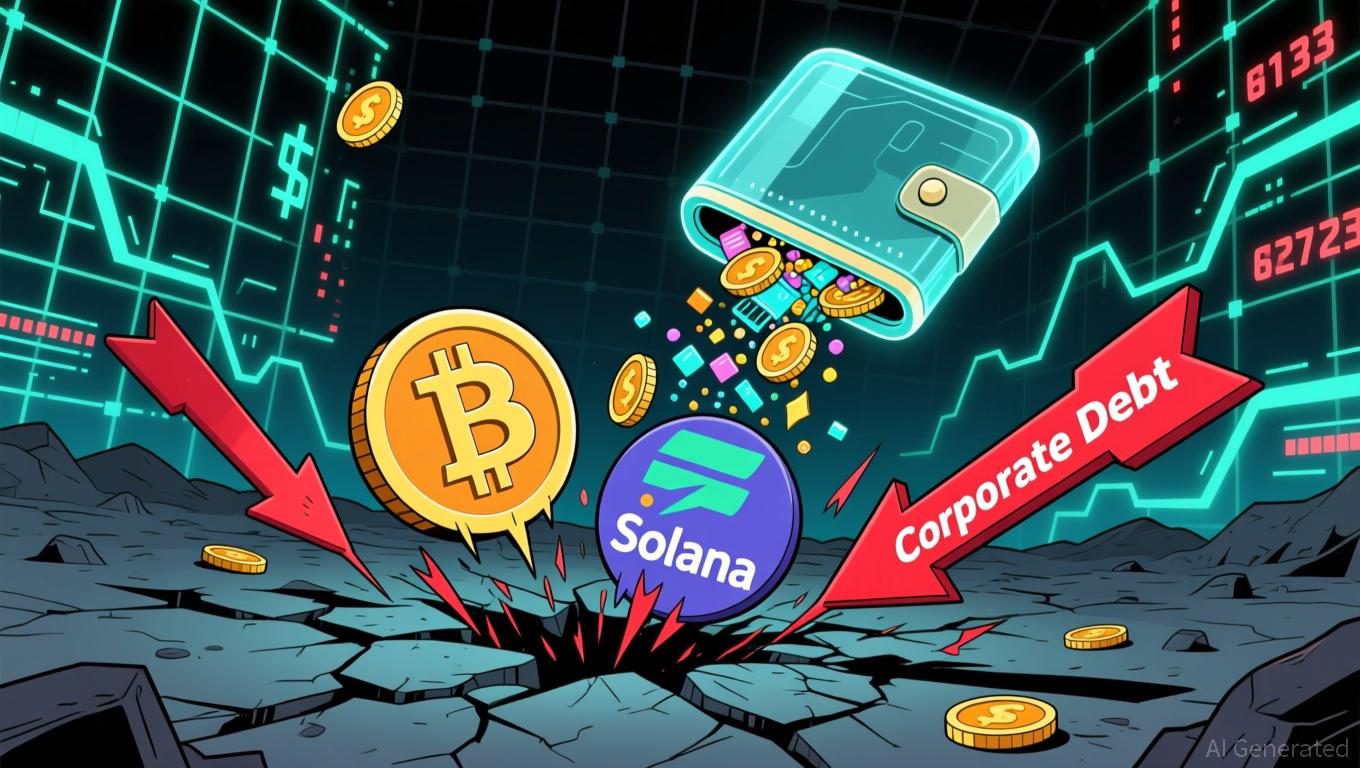Imperial College London Report Highlights Chainlink Proof of Reserve as Key to Stablecoin Security
- A recent report has recognised Chainlink’s Proof of Reserve as a benchmark for improving stablecoin management.
- PoR is a Chainlink service that provides real-time, on-chain verification that off-chain or cross-chain reserves truly back a token.
The Chainlink team recently highlighted on X that a new stablecoin report from Imperial College London, titled “Mind the Gap: How Stablecoins Can Secure the UK’s Financial Future” and published on September 18, identifies Chainlink’s Proof of Reserve (PoR) as a critical technology for strengthening the security and transparency of stablecoins.
The report begins by noting,
As of today, the UK economy, accounting for approximately 3.5% of global GDP, hosting a financial centre responsible for 11% of the financial technology sector, and facilitating 40% of global foreign exchange turnover, is the only major market that has not yet introduced a stablecoin policy framework.
Stablecoins already command a global market capitalisation exceeding $280 billion, currently dominated by US dollar-backed instruments. This dominance not only drives demand for US government bonds but also reinforces the dollar’s global influence, a market that, according to projections, could grow to $2 trillion by 2030.
Currently, a small number of stablecoins overwhelmingly control the market. The top ten make up close to 95% of total capitalisation, led strongly by Tether (USDT) and USD Coin, which together represent around 83%.
Chainlinks Proof of reserve
Stablecoins are digital assets pegged to a fiat currency like USD, GBP, or EUR. Their value depends on trust that the issuer actually holds the reserves claimed to back the coins.
Some of the risks that investors are exposed to when engaging with stablecoins include: under-collateralization, opacity around periodic, not real-time, audits, and mismanagement or fraud.
Proof of Reserve is a cryptographic mechanism that allows issuers to prove, on-chain, that they hold sufficient reserves to back their stablecoins. Stablecoins rely heavily on user trust. It eliminates the need to blindly trust the issuer by providing verifiable proof of backing assets; thus, anyone can audit the proof independently.
In an environment where issuers can face risks of mismanagement or fraud, PoR offers tamper-resistant proof that reserve balances truly exist. As the study explains,
Traditional payments are reversible in certain circumstances, yet this is not generally seen as a threat to financial stability. Traditional payments, such as card transactions, can be reversed in cases of fraud, error, or dispute.
By comparison, PoR helps provide clarity and assurance in systems where reversibility is limited. The result? A standardised, auditable framework that regulators can reference for compliance without requiring invasive manual audits.
Examples of stablecoins that use Chainlink’s Proof of Reserve include TrueUSD (TUSD), Poundtoken (GBPT), Pax Dollar (USDP), and PAX Gold (PAXG).
Mark Raynes highlighted that applying Proof of Reserve to complex financial reserves addresses several major challenges. Synchronising reserve data in real time across on-chain and off-chain systems is technically demanding, especially at scale.
The complexity increases when reserves span several asset classes and blockchain networks, making it critical to maintain a single, consistent picture of their status.
In these cases, assessing a trustworthy net asset value (NAV) becomes more important than tracking the value of each individual asset. This typically necessitates independent verification by auditors or fund administrators to assess market value accurately.
Raynes emphasises that third-party attestation of reserve value is essential for ensuring transparency and sustaining token holder trust, and that is what PoR provides.
Disclaimer: The content of this article solely reflects the author's opinion and does not represent the platform in any capacity. This article is not intended to serve as a reference for making investment decisions.
You may also like
A whale sold 700.2 WBTC in the past two days, worth nearly $60 million.
Bitcoin News Update: Innovative Tokenomics and Interoperable Cross-Chain Features: The Key to Altcoin Success in 2025
- 2025 altcoin market highlights Bitcoin Munari (BTCM), XRP Tundra, and Mutuum Finance (MUTM) leveraging multi-chain infrastructure and structured presales. - BTCM's fixed-supply model ($0.35 presale) and Solana-based SPL token deployment aim for 2027 Layer-1 migration with EVM compatibility and privacy features. - XRP Tundra offers cross-chain yield via dual-token system (TUNDRA-S/X) with $0.214 Phase 12 pricing and audited Cryo Vaults for Bitcoin holders. - Mutuum Finance (MUTM) nears 99% Phase 6 allocat

Bitcoin Updates: Institutional Funds Move: AI ETFs Gain Momentum Amid Growing Crypto Debt Issues
- Bitcoin and Solana face renewed selling pressure as digital asset treasury companies (DATCos) offload holdings amid $42.7B corporate debt inflows into crypto. - DATCos, underwater on $126K Bitcoin peak investments, approach parity in market-to-net-asset-value ratios, triggering 40% Solana treasury value declines since October. - Institutional capital shifts toward AI ETFs (e.g., Global X AI ETF) as firms prioritize AI infrastructure investments over crypto, linking performance to tech stock volatility. -

